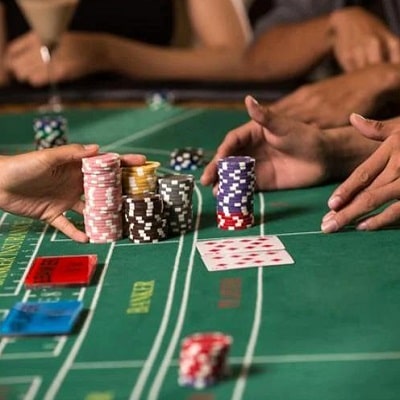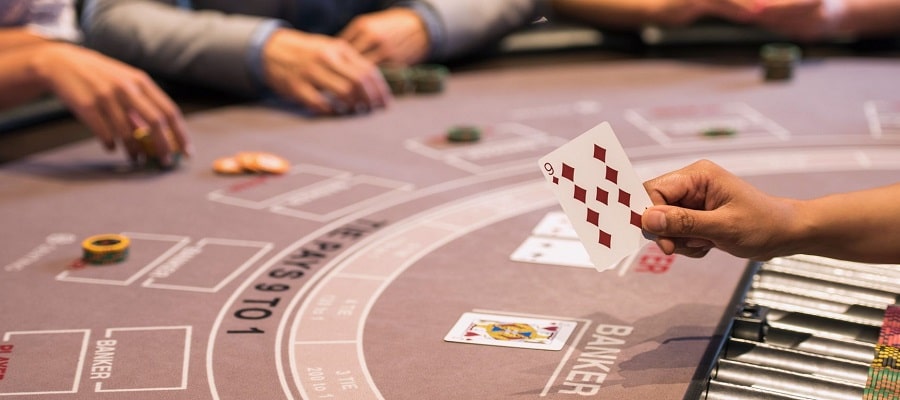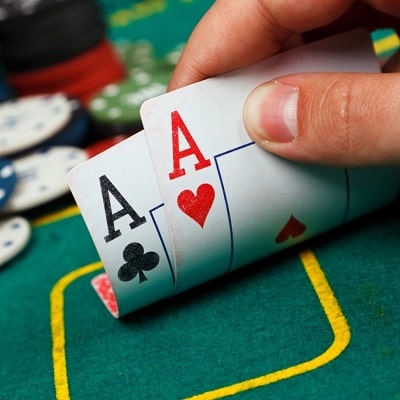Introduction to Baccarat

Baccarat is a casino card game that thrives on simplicity yet does not compromise on the suspense and excitement that are the hallmarks of casino gaming. It involves two hands, the “player” and the “banker,” with players wagering on which hand will have a total point value closest to nine.
The Origins of Baccarat
Baccarat’s roots can be traced back to medieval Italy in the 14th century. It was then known as “baccara,” meaning zero, which refers to the point value of tens and face cards in the game. From Italy, it spread to France where it gained popularity among the French nobility.
Baccarat: A Game for the Elite
In the past, baccarat was a game mainly reserved for the upper class. Its aura of exclusivity, complex etiquette, and the high stakes involved made it a preferred choice among the aristocracy and the wealthy bourgeoisie.
The Thrill of Winning Big
The maximum win in baccarat depends on the table’s betting limits, and it can be quite substantial. In 2015, a player known as Lin Hasain won an astonishing $12.9 million at a baccarat table in the Marina Bay Sands Casino, Singapore.

Rules of Baccarat
Baccarat rules are relatively simple. Each game begins with two cards dealt to both the player and the banker. The aim is to bet on the hand that will have a total point value closest to nine. If the total exceeds nine, the second digit is considered the value of the hand.
Famous Baccarat Enthusiasts
Baccarat has found favor among many famous personalities, including the iconic James Bond author, Ian Fleming, and French actress Brigitte Bardot. In the U.S, the legendary Frank Sinatra was known to enjoy a game or two of baccarat.
Baccarat’s Waning Popularity
Despite its intriguing nature, baccarat is seeing a decline in popularity in recent years. The rise of dynamic, themed slot machines and interactive online games seems to be overshadowing the traditional allure of baccarat.
The Charm of Baccarat
Despite the challenges, the charm of baccarat endures. Its blend of simplicity and elegance makes it a timeless classic in the casino world. For those who appreciate a touch of sophistication and a dash of strategy, baccarat continues to be an attractive option.




